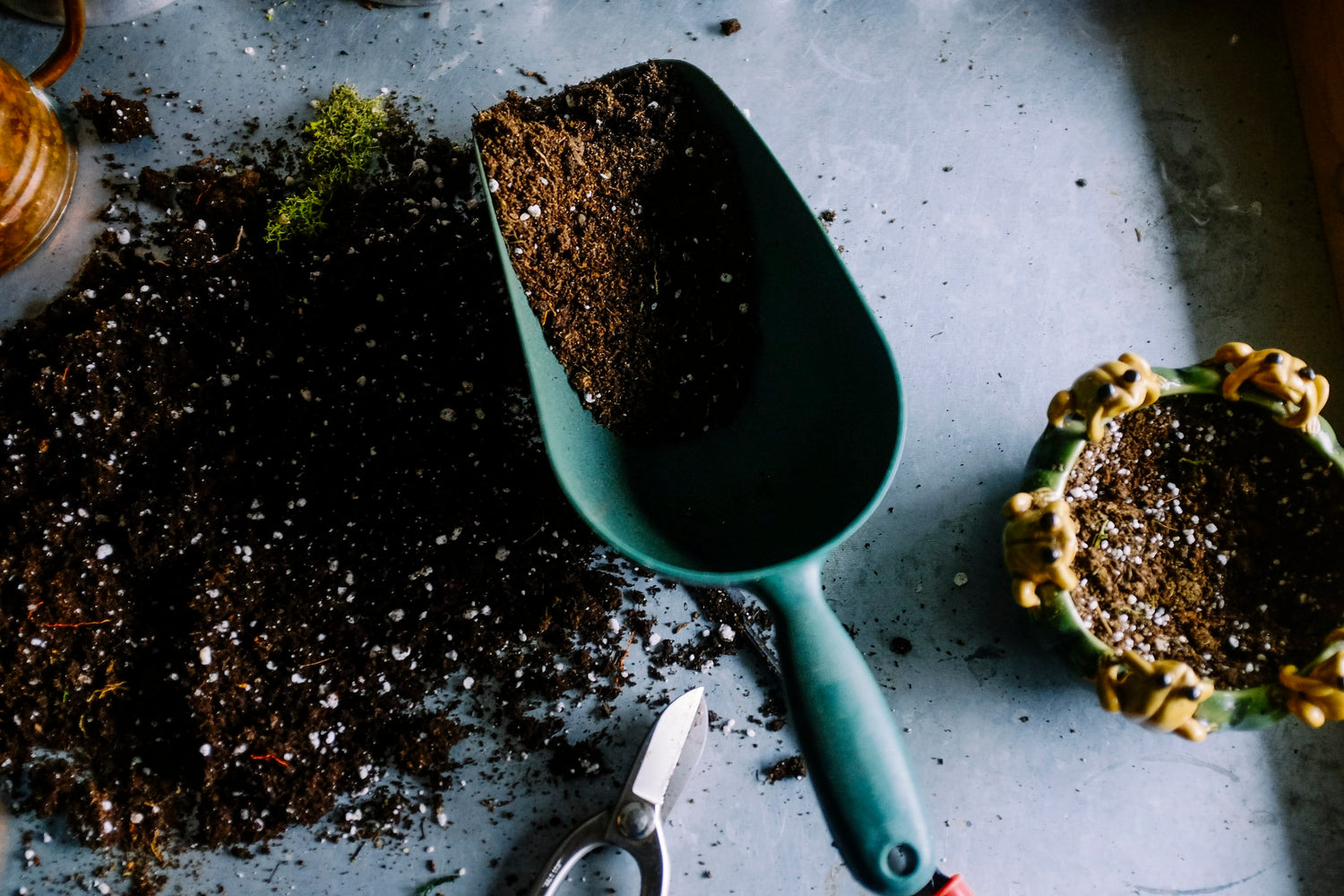How to Compost Coffee Grounds at Home

Composting is a great way to reduce waste, improve soil quality, and benefit the environment. One of the best materials for composting is coffee grounds, which are rich in nutrients and can help improve soil fertility. If you're a coffee lover, here's a guide on how to compost coffee grounds at home.
Step 1: Collect your coffee grounds
Start by collecting your coffee grounds in a container. You can use a coffee filter to strain out any leftover coffee and add the grounds directly to the container. Alternatively, you can collect the grounds from a coffee shop or ask your local coffee roaster for their leftover grounds.
Step 2: Choose a composting method
There are several ways to compost coffee grounds, including traditional composting, vermicomposting, and using a composting bin. Traditional composting involves mixing the coffee grounds with other organic materials, such as leaves and vegetable scraps, in a compost pile or bin. Vermicomposting involves using worms to decompose the coffee grounds and produce nutrient-rich worm castings. Composting bins are designed for indoor or outdoor use and can be used to compost coffee grounds and other organic materials.
Step 3: Mix the coffee grounds with other organic materials
If you choose to use traditional composting, add the coffee grounds to your compost pile or bin along with other organic materials such as leaves, grass clippings, and vegetable scraps. Mix the materials together using a pitchfork or shovel. The ideal ratio for composting is one part green materials (such as coffee grounds) to three parts brown materials (such as leaves).
Step 4: Monitor the compost
Regularly monitor your compost pile or bin and ensure that it is moist but not waterlogged. Turn the compost occasionally to ensure that the materials are properly mixed and aerated. The compost should be ready to use in six months to a year, depending on the composting method and conditions.
Step 5: Use the compost
Once your compost is ready, it can be used as a natural fertilizer for plants in your garden or potted plants. Spread a layer of compost around the base of your plants, and gently work it into the soil. The nutrients in the compost will help improve soil quality and promote healthy plant growth.
In conclusion, composting coffee grounds is a great way to reduce waste and benefit the environment. By choosing a composting method, mixing the coffee grounds with other organic materials, and monitoring the compost, you can produce nutrient-rich compost that can be used to improve soil quality and promote healthy plant growth. So next time you make a cup of coffee, remember to compost your grounds and join the movement towards a more sustainable future.




